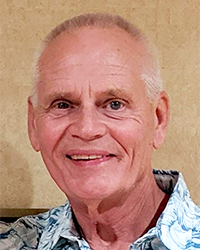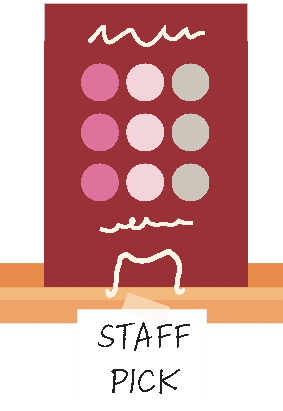 Staff Picks Staff Picks
|
|
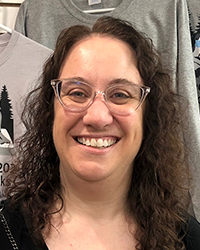 Jen Jen
|
 |
 |
|
Tomorrow and Tomorrow and Tomorrow
Gabrielle Zevin
Recently, my mom and I took a trip to Milwaukee to attend the Heartland Fall Forum, a trade show for independent booksellers. Since we drove, of course an important part of our planning was ....... which audiobook to listen to on the road. After careful consideration, we selected some titles and decided to use my phone to listen, which meant I needed to have the candidates downloaded and ready to go ahead of time. (While wi-fi isn't needed to listen to downloaded books, it IS necessary when downloading.) After all this planning, once on the road, we could not figure out how to pair my phone with the vehicle we were driving and so we were left to pick something from my mom's phone (already paired with the vehicle) that was already downloaded. Even though my mom had already listened to it, we settled on Tomorrow and Tomorrow and Tomorrow by Gabrielle Zevin. I knew 2 things about the book: it was about video games (sort of), and my mom loved it. To be able to make as many recommendations as possible to readers in the bookshop, we often deliberately do not read the same books so that we have more to recommend to readers. I am SO glad I didn't miss this one! Sadie and Sam meet as children, in a children's hospital. Sam is there as a patient; Sadie is visiting there because her sister is a patient. Sam and Sadie meet in the game room one day and Sadie continues to come back to visit Sam and play games. There is a falling-out but some years later, they end up reconnecting and working together to build a very successful video game, which leads to a successful gaming company. Along the way, they struggle with relationships—parents, siblings, romance, etc.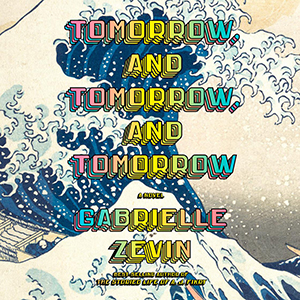 As you might expect, they come in contact with new people, make good choices, bad choices, fight, and everything else that comes with life. I was really taken with the amount of creativity that goes into the creation of a video game—in particular, the role-playing games in which the storyline of the game is just as important as its technology. I can see this book being one that will appeal to MANY ages. For those who have a family book group, consider this novel for anyone in their teens up to great-grandparents (there is some content that you might not be ready to explain to a family member younger than a teenager.) And don't forget, if you're someone who purchases audio books, there is a way you can buy e-audiobooks from Beagle and Wolf! As you might expect, they come in contact with new people, make good choices, bad choices, fight, and everything else that comes with life. I was really taken with the amount of creativity that goes into the creation of a video game—in particular, the role-playing games in which the storyline of the game is just as important as its technology. I can see this book being one that will appeal to MANY ages. For those who have a family book group, consider this novel for anyone in their teens up to great-grandparents (there is some content that you might not be ready to explain to a family member younger than a teenager.) And don't forget, if you're someone who purchases audio books, there is a way you can buy e-audiobooks from Beagle and Wolf!

|
| |
|
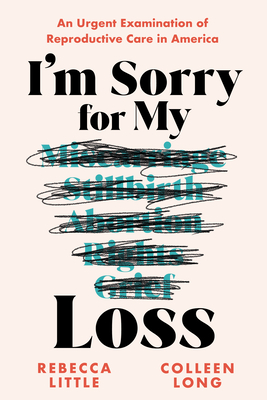 |
|
I’m Sorry for My Loss,
Rebecca Little and Colleen Long
Often when I attend a booksellers’ conference, there will be one book/author that rises to the very top of everything else for me. At the recent trade show I attended, my mom and I (and some other lucky booksellers) were invited to dinner one night with publisher Sourcebooks and a half dozen of their authors. Beforehand, we were mostly excited to see Joshua Moehling again (and as expected, that was great fun. What I did not expect was the emotional connection I felt to a pair of authors, Rebecca Little and Colleen Long, who co-authored a book about reproductive care in our country. The authors were childhood friends, and both eventually became reporters (one still is and works for the A.P. in Washington D.C. and spends a lot of time in the White House.) Both women suffered late-term pregnancy losses and were taken aback by the response of this country’s medical system as well as fellow citizens. They decided to pool their experiences with their craft and create the book, I’m Sorry for My Loss. In a time when the health of women, especially young women, is uncertain in our country, this book could not be more timely. (Roe v Wade being overturned lit a fire under the authors.) The book is compassionate, smart, well-researched, and so important. |
|
|
|
|
|
|
|
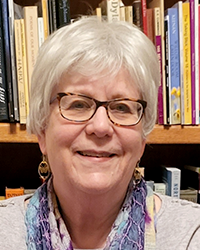 Sally Sally
See another of Sally’s reviews in Youth Yak.
|
|
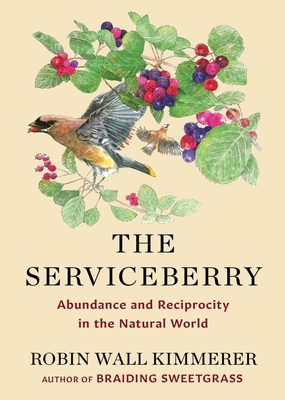 |
 |
The Serviceberry
Robin Wall Kimmerer
As The Serviceberry opens, Robin Wall Kimmerer, bucket in hand, is gathering and eating serviceberries in the cool evening, surrounded by birds—Robins, Catbirds, and Cedar Waxwings—who are also eating the berries. These berries seem to her to be a gift from the land, pure grace that she hasn’t earned in any way. They provide a jumping off point for her to explore the idea of abundance and reciprocity in the natural world and contrast it to the transactional nature of exchange many of us are more familiar with.
I’m familiar with the idea of gift economy. However, it’s a concept that keeps slipping away from my understanding. As the child of a hoarder, I’m way too familiar with the idea of accumulating “stuff” simply to possess it. (I’m also way too familiar with the problems hoarding causes for an individual as well as their family members.) As adults, my siblings and I have dealt with our mother’s “stuff” while seeking a balance in our own lives.
The Serviceberry came to me at the time of life when I’m downsizing, searching to rehome possessions which I no longer need (or maybe never did.) Kimmerer provides me with a framework to reflect upon, and a way to turn from guilt to considering a new way of being, with and in the world.
I invite you, too, to explore the idea of a gift economy in the pages of The Serviceberry. Read the book and reflect on how Kimmerer’s ideas might make sense on the micro level of your own life. Read it again and consider how they might make sense on a more macro level. Then eat a bowl of serviceberries (or whatever berry, fresh or frozen, is at hand) and consider how to share them with someone else.
Note: the book will be released on November 19.
|
| |
|
|
Jen and I recently co-facilitated Beagle and Wolf’s annual fall reading retreat. The next three books were the books we discussed at the retreat.
|
| |
|
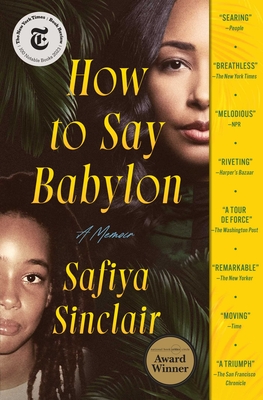
|
|
How to Say Babylon
Safiya Sinclair
For many, reading is a way to expand their experiences and enter worlds not their
own. And, oh my, does that happen with How to Say Babylon!
Many think of Montego Bay as an exotic cruise ship stop with beautiful beaches and luxurious resorts. For Safiya Sinclair, Montego Bay was where she was born and raised, and her life was a world away from its stereotype.
Her father, a reggae musician, was a strict Rastafarian who felt threatened by what he called “Babylon,” the secular world outside his home. He was particularly concerned about the purity of his daughters. He insisted they and their mother wear long skirts covering their legs, hair in dreadlocks, no jewelry or make-up. While her mother lived in accordance with these dictates, she also introduced their four children to the worlds of nature and books.
Books, poetry, and her education eventually provided a path for Safiya to escape her stifling and patriarchal upbringing. Now a noted poet and associate professor of creative writing at Arizona State University, she has written a powerful and beautiful memoir (she is a poet, after all!)
While this book will have wide appeal, I think it will particularly touch women interested in the many forms of patriarchy and those who have successfully challenged them.
Here’s a link to Sinclair’s talk at the recent 100th birthday celebration of her publisher, Simon and Schuster.
|
| |
|
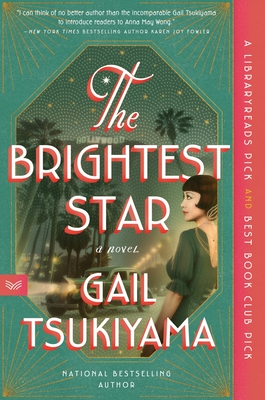 |
|
The Brightest Star
Gail Tsukiyama
The theme of our recent Reading Retreat was “Finding Her Voice.”
The Brightest Star is historical fiction based on the life of Anna Mae Wong, the first Chinese American woman to become an acclaimed move star, both in the United States and Europe. Anna Mae, born Wong Liu Tsong, grew up working in her father’s laundry. She ditched school as often as she could to sneak to the nickelodeon and knew from an early age that she wanted to be a movie star. She dropped out of school at age 16 to work in movies. Her talent as an actress and her beauty took her far, but throughout her career she challenged the racism in Hollywood. (I was surprised to learn that Caucasian actresses in yellowface were preferred for leading roles calling for Asians!)
Never heard of her? Google “Anna Mae Wong” and you’ll be able to see some of her movies. Check the quarters in your pocket, and you may find one with her image on the back.
Wong certainly found her voice, and this book led to rich discussion.
|
| |
|
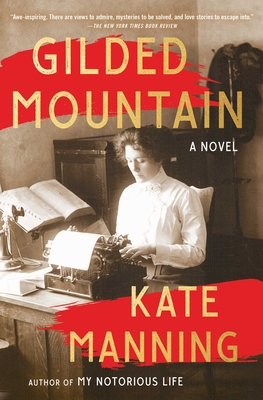
|
|
Gilded Mountain
Kate Manning
The final book we discussed at the retreat was Gilded Mountain, which we reviewed in the February newsletter. Here’s a link. |
|
|
|
|
|
|
| |
|

Cascade
|
|
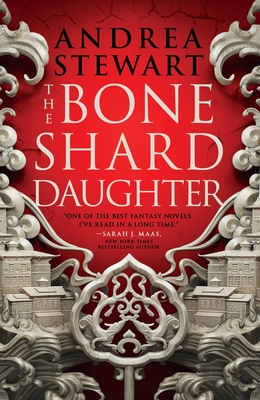 |
|
The Bone Shard Daughter
Andrea Stewart
This unique novel is the first in the Drowning Empire trilogy and all three installments have been released, making this series perfect for binge-reading. The story is relayed through the character perspectives of Lin, Jovis, Ranami, and Sand. They start disparately and intertwine as the narrative unfolds. The daughter of the ailing emperor, Lin, is simultaneously learning the complicated bone shard magic that powers the constructs that protect the empire while also trying to uncover the memories she lost to sickness. Jovis is a smuggler intent on finding his kidnapped wife when accidentally makes a name for himself by saving a child from a sinking island. Ranami is a revolutionary who is trying to get her wealthy and powerful partner, Phalue, on the side of the rebellion. Sand is the most mysterious character. She cannot remember a time before she worked picking mangoes on a remote island and she becomes determined to find out why she and all the others on this island are living in a fugue. I found this to be a delectable debut fantasy experience.
|
| |
|

|
|
What My Bones Know: A Memoir of Healing from Complex Trauma
Stephanie Foo
This memoir begins with an explicit spoiler warning that the account will conclude happily, a welcome balm for the harrowing topics it explores. Foo was the victim of severe mental and physical abuse by the hands of her parents and developed CPTSD (complex PTSD) as a result of the continuous trauma. She relates some of the specific events of mistreatment, along with the subsequent abandonment by both her parents when she was a teen. Much of the book is devoted to Foo’s adult life of navigating relationships and jobs after she is officially diagnosed and begins her healing journey. Meditation, yoga, therapy, EMDR, and other therapeutic techniques are explored to varying success. One aspect of this audiobook that I found intriguing was how Foo included actual audio snippets from sessions with her most impactful therapist to showcase his unconventional techniques that she found profoundly transformative. |
| |
|
|
|
|
|
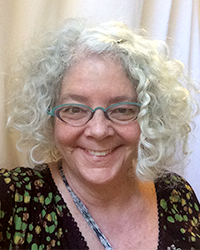
Hannah
See another of Hannah’s reviews in Youth Yak.
|
|
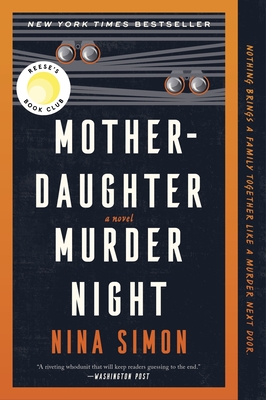 |
|
Mother-Daughter Murder Night
Nina Simon
Beth and her teenage daughter, Jack, live in a small house near a slough that leads into the Pacific Ocean. Jack leads kayak tours of the slough, a rich habitat I was unaware of until reading about it here. Beth is almost estranged from her power-business mother Lana, who suffers a health crisis and ends up moving into Jack’s bedroom in the little house. And then there’s a body… and the three work on finding the culprit. Their relationships grow and bloom in the process.
The author’s mother suffered a health crisis and the two of them took on writing this book to keep her mind active. It’s a testament to the underlying theme of the novel.
|
| |
|
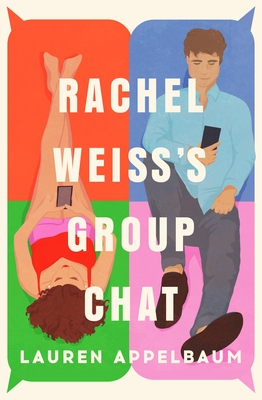
|
|
Rachel Weiss’s Group Chat
Lauren Appelbaum
Think Bridget Jones in Seattle in 2023, with a group chat instead of a diary. Appelbaum’s raunchy version has even more parallels to Pride and Prejudice; Rachel has a sweet older sister, Jane, and silly, troublesome younger sisters. But the romance, the laughter, and the growing self-awareness are intact. |
| |
|
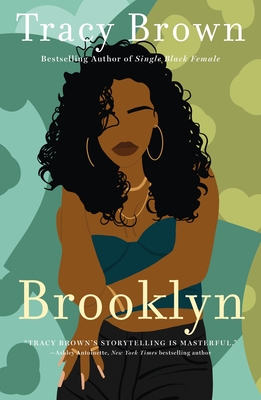
|
|
Brooklyn
Tracey Brown
She’s named Brooklyn and was born there, but she was raised in Staten Island by a womanizing preacher and his awful wife. The book is mostly written from pretty, charming Brooklyn’s point of view, starting with her describing her own violent death. The writing isn’t first class, but seeing her story from inside her mind, then gradually seeing how her actions look to people around her, and how they lead to her murder, is fascinating.
|
|
|
|
|
|

Tim
|
|
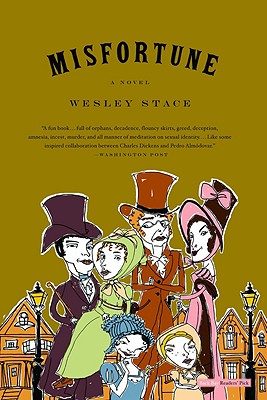 |
|
Misfortune
Wesley Stace
Over the last few years, it seems to me I'm encountering writers who have taken to writing in an older genre or style, but somehow updated it to meet the modern reader's expectations for relevance. Marlon James comes immediately to mind, having taken Fantasy Fiction, and introduced race, violence, and sex, thereby pushing the boundaries well beyond those that readers have become, perhaps too accustomed to. Wesley Stace has taken the Victorian Novels (a vast generalization) of Dickens, Gaskell, Hardy, and Arnold, and exploded the polite boundaries of late 19th century social fiction into something new, something that restores the unease that the reading public felt when confronted with the hollow social norms of the period. Stace explores the interconnected themes of sexual politics, women's rights, gender identity and wealth inequality. At times I found myself uneasy and a little shocked, which is EXACTLY how the public reacted to David Copperfield, when it was first published.
|
| |
|
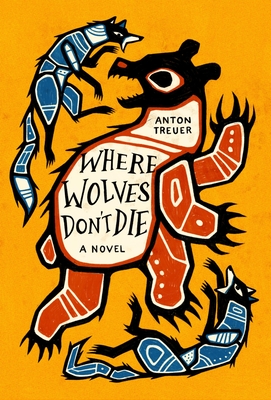
|
|
Where Wolves Don't Die
Anton Treuer
Chosen by my book group at Beagle, this book would be an excellent choice for a young adult reader, though I hasten to add that as a young-at-heart reader of 75 years, I enjoyed the book very much myself. Especially because I wasn't being romanced into a stereotyped story line, of what it is to be a member of the First Nation Community. Treuer writes about real people with believable histories, in even more believable situations. I never felt excluded, judged or at all patronized, but welcomed to be carried along by the story and allowed to experience events as they happen. I especially enjoyed his expositions on myth and spiritualism, and soft permeable boundaries between thought and perception. Sadly, I missed my book group's discussion; I know this book was an excellent choice. Maybe a good choice as a gift for Christmas? |
|
|
|
|
|
|
Would you like to be a guest reviewer?
Email Sally at sally@beagleandwolf.com. |
| |
|
|
|
|
|
— page top —
|
|

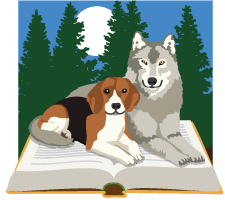
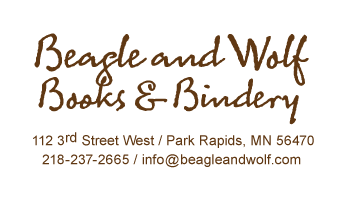
 Staff Picks
Staff Picks













 As you might expect, they come in contact with new people, make good choices, bad choices, fight, and everything else that comes with life. I was really taken with the amount of creativity that goes into the creation of a video game—in particular, the role-playing games in which the storyline of the game is just as important as its technology. I can see this book being one that will appeal to MANY ages. For those who have a family book group, consider this novel for anyone in their teens up to great-grandparents (there is some content that you might not be ready to explain to a family member younger than a teenager.) And don't forget, if you're someone who purchases audio books, there is a way you can buy e-audiobooks from Beagle and Wolf!
As you might expect, they come in contact with new people, make good choices, bad choices, fight, and everything else that comes with life. I was really taken with the amount of creativity that goes into the creation of a video game—in particular, the role-playing games in which the storyline of the game is just as important as its technology. I can see this book being one that will appeal to MANY ages. For those who have a family book group, consider this novel for anyone in their teens up to great-grandparents (there is some content that you might not be ready to explain to a family member younger than a teenager.) And don't forget, if you're someone who purchases audio books, there is a way you can buy e-audiobooks from Beagle and Wolf! 



